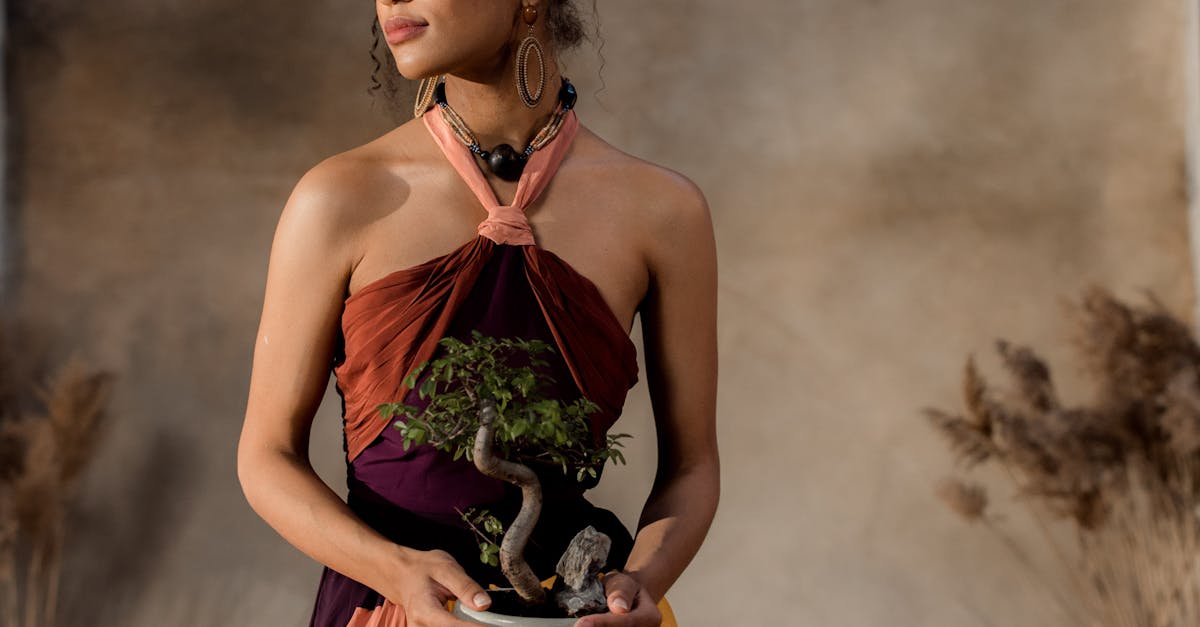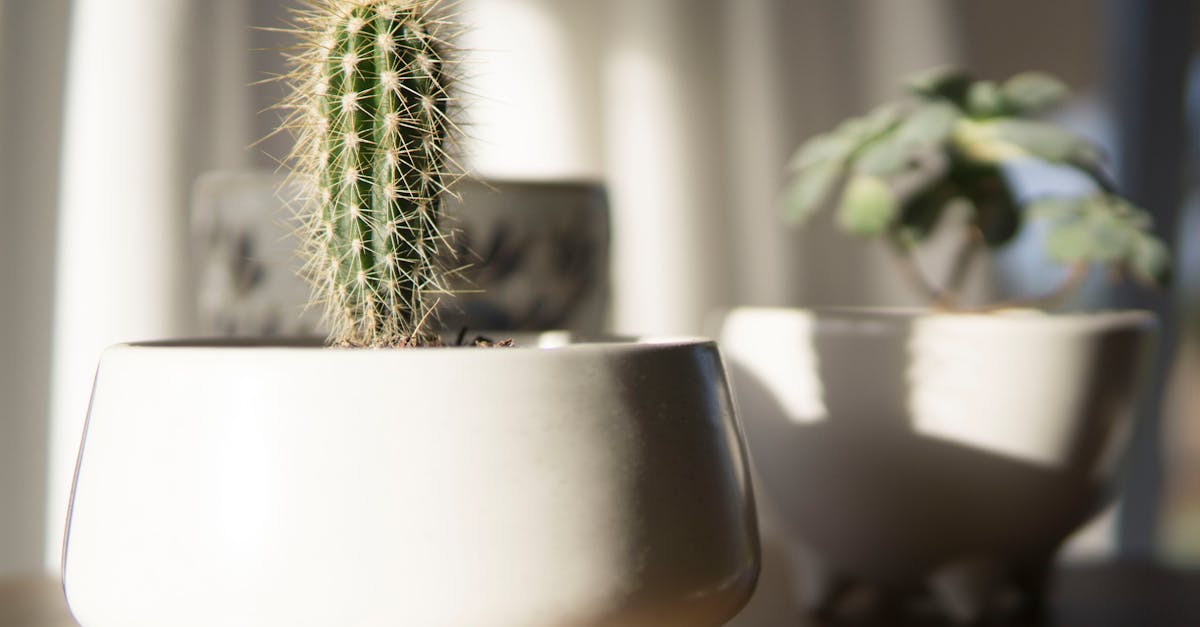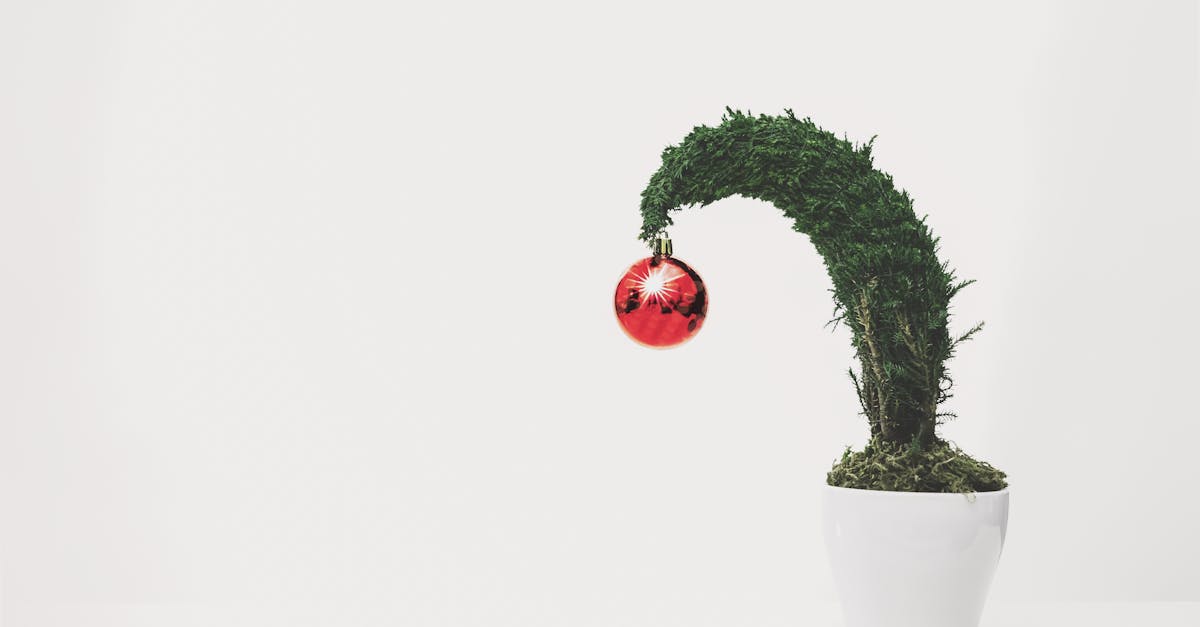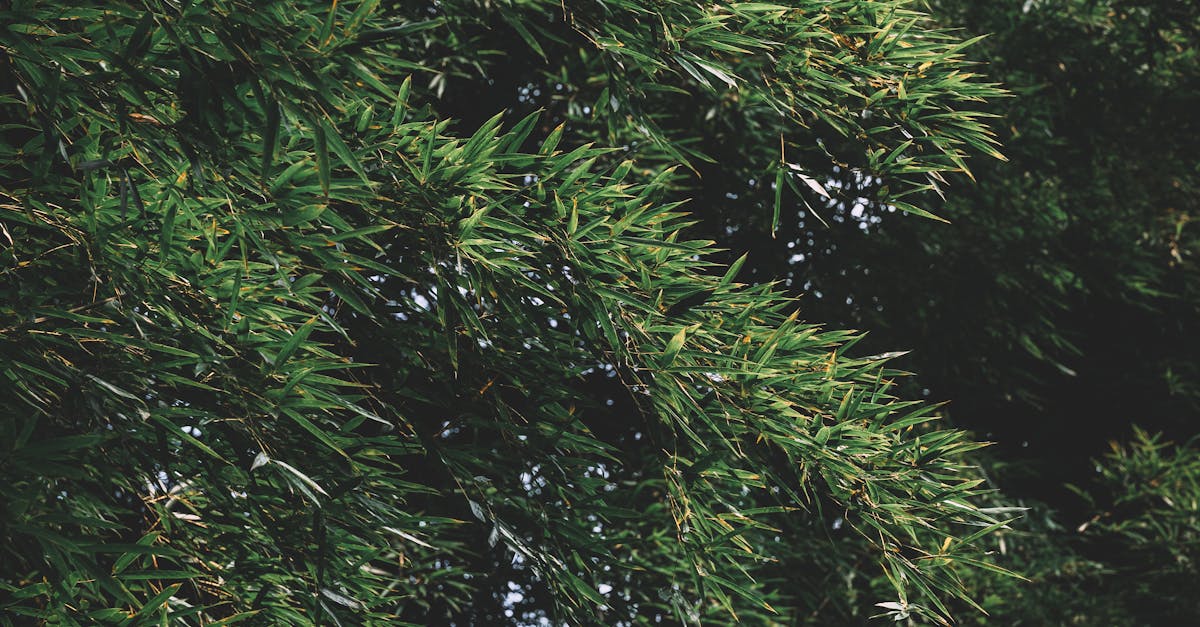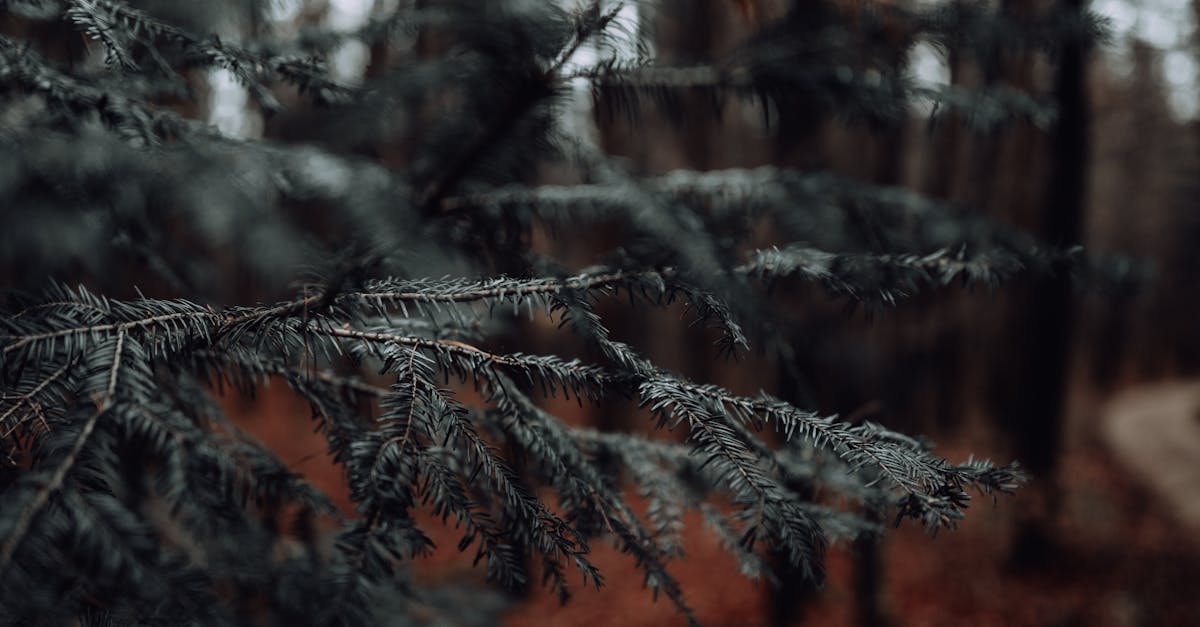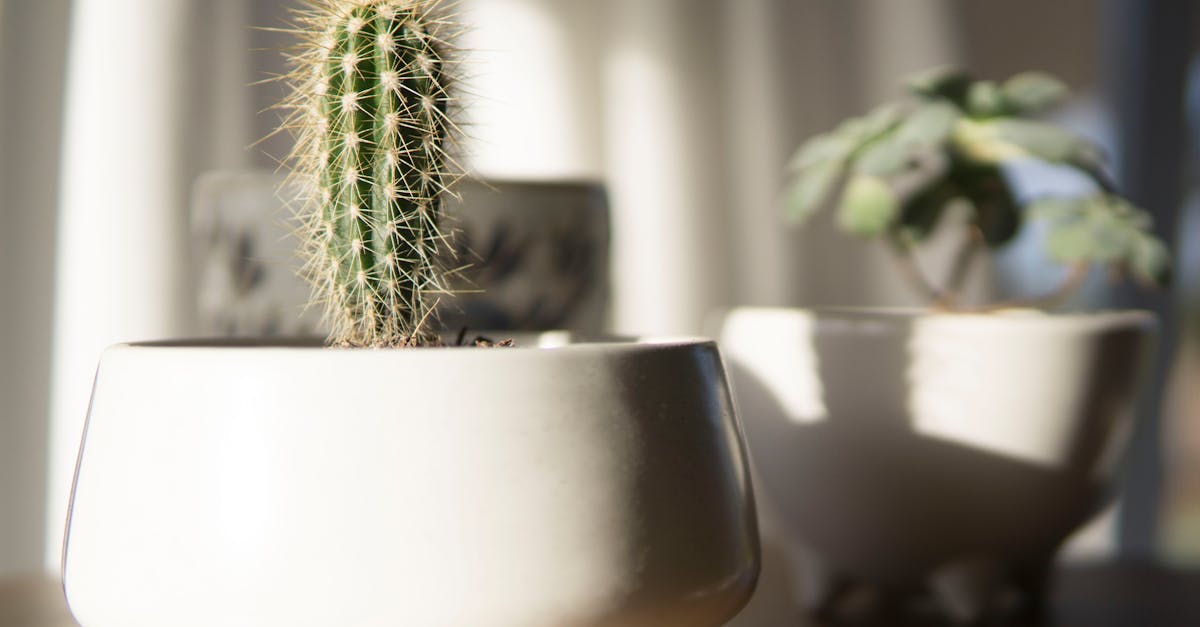Embark on a Journey of Nature, Art, and Tranquility with Hemlock Bonsai
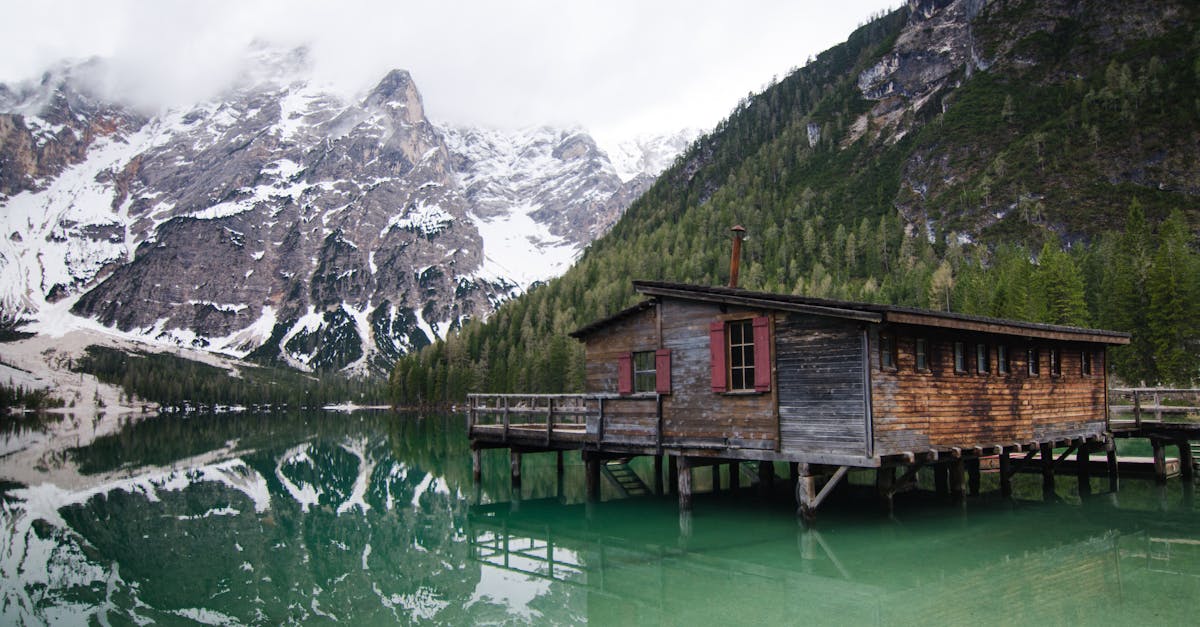
Delving into the Enchanting World of Hemlock Bonsai: A Guide to Cultivation and Creative Expression
1. Introduction to Hemlock Bonsai
Introduction to Hemlock Bonsai: Discover the captivating world of hemlock bonsai, including its distinct varieties (Eastern and Western), their aesthetic appeal, and their suitability for bonsai cultivation.
Bonsai, the ancient art of cultivating miniature trees in containers, has captivated nature enthusiasts and art collectors alike for centuries. Among the diverse array of species suitable for bonsai, hemlock trees stand out for their exceptional grace, adaptability, and aesthetic charm.
Native to North America, hemlock trees (Tsuga) encompass several species, with two prominent varieties commonly employed in bonsai: Eastern hemlock (Tsuga canadensis) and Western hemlock (Tsuga heterophylla). Eastern hemlock, with its delicate foliage and ability to thrive in various conditions, offers a rewarding experience for bonsai enthusiasts. In contrast, Western hemlock, known for its resilience and adaptability, is an excellent choice for those seeking a more rugged and untamed aesthetic in their bonsai creations.
Eastern Hemlock Bonsai
Eastern Hemlock Bonsai: Explore the characteristics and cultivation of Eastern hemlock (Tsuga canadensis) as a bonsai, known for its graceful foliage and ability to withstand various conditions.
Eastern hemlock (Tsuga canadensis), a coniferous tree native to eastern North America, is a popular choice for bonsai enthusiasts due to its graceful foliage, adaptability, and resilience. Its delicate, feathery leaves create a cascading effect that adds a touch of elegance to any bonsai collection.
Cultivating Eastern hemlock bonsai requires careful attention to watering, lighting, and humidity. These trees prefer moist, well-drained soil and should be watered regularly, especially during the hot summer months. They thrive in partial shade and can tolerate full sun with adequate watering. Maintaining high humidity levels is also essential for the health of Eastern hemlock bonsai, as they are susceptible to dry air.
Eastern hemlock bonsai can be shaped and styled using various techniques, including pruning, wiring, and jin and shari. Pruning should be done carefully to maintain the tree’s natural growth pattern and to encourage the development of fine ramification. Wiring can be used to guide branches into desired positions, while jin and shari techniques can add character and age to the bonsai.
Western Hemlock Bonsai
Western Hemlock Bonsai: Delve into the unique features and care requirements of Western hemlock (Tsuga heterophylla), another popular choice for bonsai enthusiasts, known for its resilience and adaptability.
Western hemlock (Tsuga heterophylla), native to the Pacific Northwest of North America, is a majestic conifer prized for its resilience and adaptability in bonsai cultivation. Its sturdy nature and ability to withstand various conditions make it a suitable choice for beginners and experienced bonsai enthusiasts alike.
Western hemlock bonsai require well-drained soil and regular watering, especially during the hot summer months. They prefer partial shade but can tolerate full sun with adequate watering. Maintaining high humidity levels is beneficial for Western hemlock bonsai, as they are susceptible to dry air. Fertilizing should be done sparingly, and repotting should be done every 2-3 years or when the roots become pot-bound.
Styling Western hemlock bonsai involves a combination of pruning, wiring, and other techniques. Pruning should be done judiciously to maintain the tree’s natural growth pattern and to encourage ramification. Wiring can be used to shape branches and create desired curves, while advanced techniques like jin and shari can add character and age to the bonsai.
2. Care and Cultivation of Hemlock Bonsai
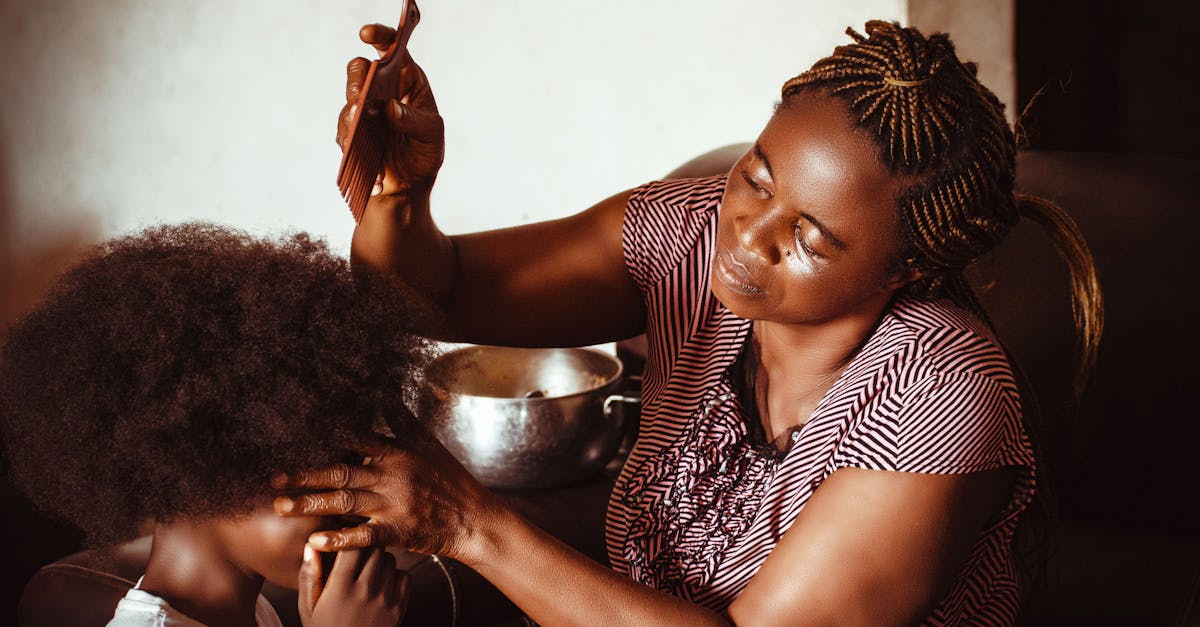
Care and Cultivation of Hemlock Bonsai: Learn the essential care techniques for hemlock bonsai, covering their specific water, light, humidity, and fertilization needs to maintain their health and vitality.
Hemlock bonsai, like all bonsai, require specific care and cultivation techniques to thrive. Watering is crucial, and the soil should be kept moist but not waterlogged. Hemlocks prefer bright, indirect light and can tolerate partial shade. Maintaining high humidity levels is also essential, especially during the summer months. Fertilizing should be done sparingly during the growing season.
Additional care techniques include pruning, wiring, and repotting. Pruning should be done to maintain the desired shape and size of the bonsai, while wiring can be used to train branches into specific positions. Repotting should be done every 2-3 years or when the roots become pot-bound. By following these care and cultivation techniques, hemlock bonsai enthusiasts can ensure the health and longevity of their miniature trees.
Watering and Misting
Watering and Misting: Understand the frequency and techniques for watering and misting hemlock bonsai, ensuring proper hydration without overwatering.
Watering is one of the most important aspects of hemlock bonsai care. Hemlocks prefer moist, well-drained soil, and should be watered regularly, especially during the hot summer months. Overwatering can lead to root rot and other problems, so it is important to allow the soil to dry out slightly between waterings. The frequency of watering will vary depending on the size of the bonsai, the type of soil, and the climate. A good rule of thumb is to water when the top inch or two of soil feels dry to the touch.
Misting the foliage of hemlock bonsai can help to increase humidity levels, which is especially beneficial during the winter months when the air is drier. Misting can also help to remove dust and debris from the leaves. When misting, use a fine spray and avoid getting the soil too wet. It is also important to mist the underside of the leaves, where pests and diseases are more likely to hide.
By following these watering and misting techniques, hemlock bonsai enthusiasts can ensure that their trees receive the moisture they need to thrive without overwatering.
Light Requirements
Light Requirements: Determine the optimal lighting conditions for hemlock bonsai, balancing sunlight and shade to promote healthy growth and foliage development.
Hemlock bonsai, like all plants, need light to photosynthesize and grow. The amount of light they need will vary depending on the species of hemlock, but most prefer bright, indirect light. Too much direct sunlight can scorch the leaves, while too little light can lead to leggy growth and poor foliage development.
The best way to determine the optimal lighting conditions for your hemlock bonsai is to observe it closely. If the leaves are turning yellow or brown, it may be getting too much direct sunlight. If the leaves are small and the growth is leggy, it may not be getting enough light. Once you have determined the ideal lighting conditions, try to provide a consistent amount of light each day.
If you are growing your hemlock bonsai indoors, you may need to supplement the natural light with artificial light. Fluorescent lights or grow lights can be used to provide the necessary light for healthy growth. When using artificial light, be sure to place the lights close to the tree and keep them on for 12-14 hours per day.
Humidity and Air Circulation
Humidity and Air Circulation: Learn the importance of humidity and air circulation for hemlock bonsai, discussing methods to maintain appropriate levels.
Humidity and air circulation are two important factors to consider when growing hemlock bonsai. Hemlocks prefer high humidity levels, which can be difficult to maintain indoors. Low humidity can cause the leaves to turn brown and drop off. To increase humidity, you can mist the tree regularly, place it on a humidity tray, or use a humidifier.
Air circulation is also important for hemlock bonsai. Good air circulation helps to prevent the leaves from becoming moldy or diseased. You can improve air circulation by placing the tree in a well-ventilated area or by using a fan. Avoid placing the tree in a closed container, as this can lead to stagnant air and problems with pests and diseases.
By maintaining appropriate levels of humidity and air circulation, you can help your hemlock bonsai to thrive indoors.
Fertilization
Fertilization: Explore the appropriate fertilizers and feeding schedules for hemlock bonsai, providing essential nutrients for optimal growth and vitality.
Fertilizing your hemlock bonsai is essential for providing the nutrients it needs to grow and thrive. The type of fertilizer you use and the frequency of fertilization will vary depending on the size and age of your tree, as well as the growing conditions. A general rule of thumb is to fertilize monthly during the growing season (spring and summer) and less often during the dormant season (fall and winter).
There are many different types of fertilizers available for hemlock bonsai. A balanced fertilizer that contains nitrogen, phosphorus, and potassium is a good choice. You can also use a fertilizer that is specifically designed for bonsai trees. When fertilizing, be sure to follow the instructions on the package carefully. Over-fertilizing can damage your tree.
In addition to fertilizing, you may also want to consider using a foliar spray. Foliar sprays are applied to the leaves of the tree and can provide a quick boost of nutrients. Foliar sprays are especially beneficial for trees that are not actively growing or that are showing signs of nutrient deficiency.
3. Styling Techniques for Hemlock Bonsai
Pruning Techniques: Learn the principles and techniques of pruning hemlock bonsai, including timing, methods, and tools to control growth and shape.
Pruning is an essential technique for shaping and styling hemlock bonsai. It is used to control the size and shape of the tree, as well as to remove dead or diseased branches. When pruning, it is important to make clean cuts and to avoid damaging the bark.
The best time to prune hemlock bonsai is in the late winter or early spring, before new growth begins. However, minor pruning can be done throughout the year. There are two main types of pruning cuts: heading cuts and thinning cuts. Heading cuts are used to remove entire branches, while thinning cuts are used to remove individual leaves or small branches.
When pruning, it is important to use the appropriate tools. Sharp, clean shears or scissors will help to make clean cuts and avoid damaging the bark. It is also important to wear gloves to protect your hands from the sharp needles.
Pruning Techniques
Pruning Techniques: Learn the principles and techniques of pruning hemlock bonsai, including timing, methods, and tools to control growth and shape.
Pruning is a fundamental technique in the art of bonsai, and it is essential for maintaining the health and shape of hemlock bonsai. Pruning involves the selective removal of branches and leaves to encourage new growth, control the overall size and shape of the tree, and enhance its aesthetic appeal.
The timing of pruning hemlock bonsai is crucial to ensure optimal results. Generally, the best time to prune is in late winter or early spring, before the new growth begins. Pruning during this period allows the tree to focus its energy on developing new shoots and leaves, rather than repairing wounds. However, minor pruning can be carried out throughout the year to address specific issues or maintain the desired shape.
When pruning hemlock bonsai, it is important to use the appropriate techniques and tools. Sharp, clean shears or scissors are essential for making precise cuts that minimize damage to the tree. It is recommended to use concave cutters, which make a clean, slightly curved cut that promotes healing and reduces the risk of dieback. Additionally, wearing gloves while pruning is advisable to protect your hands from the sharp needles.
Wiring Techniques
Wiring Techniques: Master the art of wiring hemlock bonsai, including wire types, application methods, and techniques to guide branches and trunks into desired positions.
Wiring is a technique used in the art of bonsai to shape and position branches and trunks. It involves carefully wrapping wire around the branches to guide their growth and create the desired form. When wiring hemlock bonsai, it is important to select the appropriate wire type and application methods to avoid damaging the tree.
There are various types of wire available for bonsai wiring, each with its own unique properties. Aluminum wire is commonly used due to its flexibility and ease of bending. Copper wire is another popular choice, as it is sturdy and can hold its shape well. Stainless steel wire is also an option, offering durability and resistance to rust. The thickness of the wire should be chosen based on the size and rigidity of the branch being wired.
When applying wire to hemlock bonsai, several techniques can be used to achieve the desired effect. Single wrapping involves wrapping the wire once around the branch, while double wrapping provides a more secure hold. Spiral wrapping is used to create curves and bends in the branch, and can be applied in either a clockwise or counterclockwise direction. It is important to wire the branches gradually, avoiding sharp bends or excessive tension that could damage the bark or restrict growth.
Advanced Styling Considerations
Advanced Styling Considerations: Explore advanced styling techniques for hemlock bonsai, such as jin and shari, to create unique and eye-catching miniature landscapes.
As bonsai enthusiasts delve deeper into the art of cultivating these miniature trees, they may explore advanced styling techniques to enhance the aesthetic appeal and realism of their creations. Jin and shari are two such techniques that add character and age to hemlock bonsai, creating captivating visual narratives.
Jin, meaning
4. Common Pests and Diseases of Hemlock Bonsai
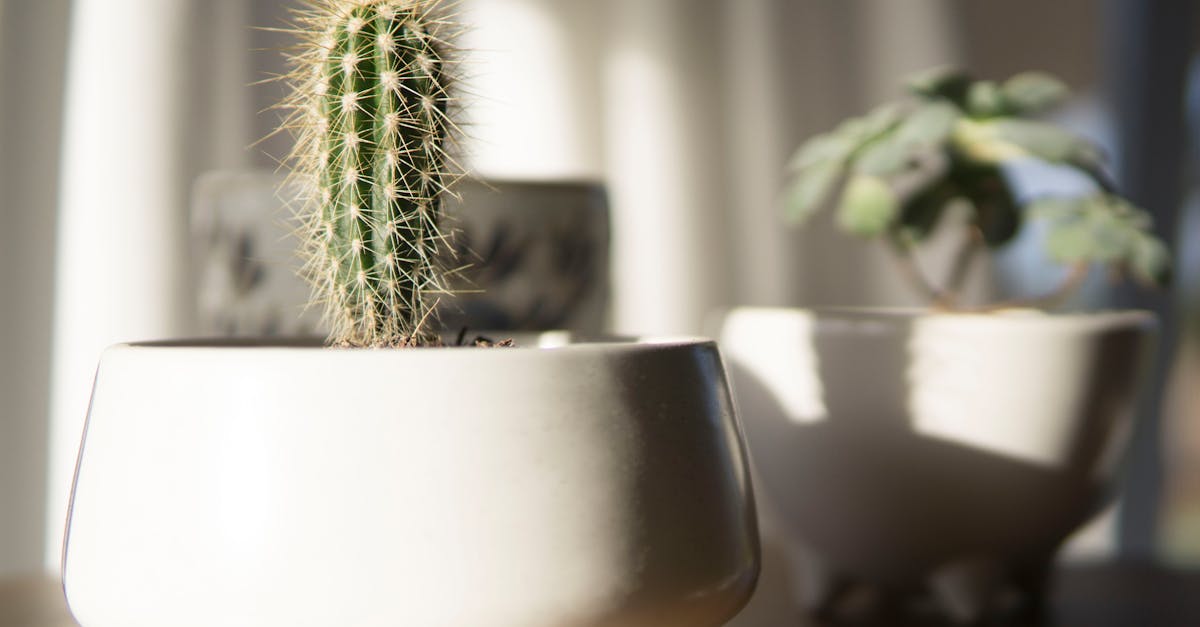
Common Pests and Diseases of Hemlock Bonsai: Identify and manage common pests and diseases that can affect hemlock bonsai, including insects, fungi, and viruses, to protect their health and longevity.
Hemlock bonsai, like all living organisms, are susceptible to various pests and diseases that can impact their health and vitality. Early identification and proper management are crucial to prevent or minimize damage, ensuring the well-being and longevity of these miniature trees.
Insects are common pests that can infest hemlock bonsai. Aphids, scale, and spider mites are among the most prevalent. Aphids are tiny, soft-bodied insects that feed on plant sap, while scale insects have a protective shell and can infest branches and leaves. Spider mites, on the other hand, are minuscule arachnids that spin delicate webs and cause discoloration and yellowing of foliage.
Insects Pests
Insects Pests: Recognize and control common insect pests that can infest hemlock bonsai, such as aphids, scale, and spider mites.
Insect pests are a common challenge for hemlock bonsai enthusiasts. These tiny creatures can infest the tree, causing damage to the foliage, branches, and overall health of the bonsai. Early detection and proper control measures are essential to prevent or minimize the impact of these pests.
Aphids are soft-bodied insects that feed on plant sap. They can be green, black, or brown and are often found on the undersides of leaves. Aphids excrete a sticky substance called honeydew, which can attract ants and other pests. Scale insects have a protective shell that covers their bodies. They can be brown, gray, or black and are often found attached to branches or stems. Spider mites are tiny arachnids that spin delicate webs on the foliage of the bonsai. They feed on plant sap and can cause yellowing and discoloration of the leaves.
Fungal Diseases
Fungal Diseases: Learn about fungal diseases that can affect hemlock bonsai, including root rot, needle cast, and rust, and implement effective control measures.
Fungal diseases are a serious threat to the health of hemlock bonsai. These diseases can cause a variety of symptoms, including root rot, needle cast, and rust. Early detection and proper treatment are essential to prevent or minimize the damage caused by these diseases.
Root rot is a fungal disease that attacks the roots of the bonsai. This disease can cause the roots to rot and die, which can lead to the death of the tree. Symptoms of root rot include yellowing and wilting of the leaves, stunted growth, and a foul odor coming from the soil. Needle cast is a fungal disease that affects the needles of the hemlock bonsai. This disease causes the needles to turn brown and fall off the tree. Rust is a fungal disease that causes the formation of rusty-colored spots on the leaves of the bonsai.
Viral Diseases
Viral Diseases: Understand the symptoms and management of viral diseases that can impact hemlock bonsai, such as hemlock woolly adelgid and phytophthora root rot.
Viral diseases are a serious threat to the health of hemlock bonsai. These diseases can cause a variety of symptoms, including stunting, yellowing of the leaves, and death. Early detection and proper treatment are essential to prevent or minimize the damage caused by these diseases.
Hemlock woolly adelgid is a viral disease that affects hemlock trees. This disease is caused by an insect that feeds on the sap of the tree. Symptoms of hemlock woolly adelgid include white, woolly masses on the branches and needles of the tree. Phytophthora root rot is a viral disease that affects the roots of hemlock trees. This disease is caused by a fungus that lives in the soil. Symptoms of phytophthora root rot include yellowing and wilting of the leaves, stunted growth, and a foul odor coming from the soil.
5. Appreciation and Display of Hemlock Bonsai
Appreciation and Display of Hemlock Bonsai: Explore the cultural significance and aesthetic appreciation of hemlock bonsai, learn about display techniques to enhance their beauty, and discover how to incorporate them into various settings.
Hemlock bonsai are not just miniature trees; they are living works of art that embody the beauty and harmony of nature. Their cultivation and display are steeped in cultural traditions and aesthetic principles. Appreciating the intricate details and natural forms of hemlock bonsai requires a keen eye and an understanding of their cultural significance.
Displaying hemlock bonsai is an art form in itself. The choice of pot, placement, and companion plants all contribute to the overall presentation. Bonsai pots come in various styles and materials, each complementing the tree’s aesthetic. Proper placement considers the natural growth pattern of the tree and the principles of balance and asymmetry. Companion plants, such as mosses or small ferns, can enhance the miniature landscape and create a sense of depth.
Cultural Significance
Cultural Significance: Uncover the historical and cultural significance of hemlock bonsai in different cultures, showcasing their connection to nature and art.
The cultivation of hemlock bonsai is deeply rooted in the cultural traditions of various societies. In Japan, bonsai, including hemlock bonsai, hold a profound significance and are considered living works of art. The practice of bonsai is intertwined with the Japanese philosophy of wabi-sabi, which embraces the beauty of imperfection and the acceptance of nature’s transience.
In China, where the art of bonsai originated, hemlock bonsai are revered for their connection to nature and their ability to bring the beauty of the outdoors indoors. Hemlock bonsai are often displayed in traditional Chinese gardens, where they represent harmony between humans and the natural world. The cultivation of hemlock bonsai is also significant in Chinese literati culture, where it is associated with the pursuit of knowledge and enlightenment.
Bonsai Display Ideas
Bonsai Display Ideas: Discover creative ideas and techniques for displaying hemlock bonsai, including pot selection, placement, and companion plants.
Displaying hemlock bonsai is an art form that allows you to showcase the beauty and character of your miniature trees. The right pot, placement, and companion plants can enhance the overall presentation and create a harmonious composition.
When selecting a pot for your hemlock bonsai, consider the size, shape, and color of the tree. The pot should complement the tree’s aesthetics and provide a stable base. Traditional bonsai pots are made of clay or ceramic and come in various styles, including round, square, and oval shapes. The color of the pot should harmonize with the tree’s foliage and overall appearance.
Integration into Landscapes
Integration into Landscapes: Explore the art of integrating hemlock bonsai into larger landscapes, creating harmonious and visually appealing compositions that mimic natural settings.
Integrating hemlock bonsai into larger landscapes is an art form that requires careful planning and execution. The goal is to create a seamless transition between the miniature world of the bonsai and the surrounding environment. This can be achieved by mimicking natural settings and using elements such as rocks, water features, and companion plants.
When integrating hemlock bonsai into a landscape, it is important to consider the scale and proportion of the tree. The bonsai should be in harmony with the size of the landscape and not appear out of place. The placement of the bonsai is also crucial. It should be positioned in a way that creates visual interest and balance within the landscape design.
What are the benefits of growing hemlock bonsai?
Growing hemlock bonsai offers several benefits, including stress reduction, improved focus, and a connection with nature. The intricate process of caring for and shaping these miniature trees can provide a sense of tranquility and mindfulness, promoting relaxation and well-being.
How often should I water my hemlock bonsai?
The frequency of watering for hemlock bonsai depends on factors such as the size of the tree, the type of soil, and the climate. As a general guideline, water your bonsai when the top inch or two of soil feels dry to the touch. Avoid overwatering, as this can lead to root rot and other problems.
How can I tell if my hemlock bonsai is getting enough light?
Signs that your hemlock bonsai is getting enough light include healthy, green foliage and strong growth. If the leaves start to turn yellow or brown, or if the growth is leggy and weak, it may be a sign that the tree is not getting enough light.

